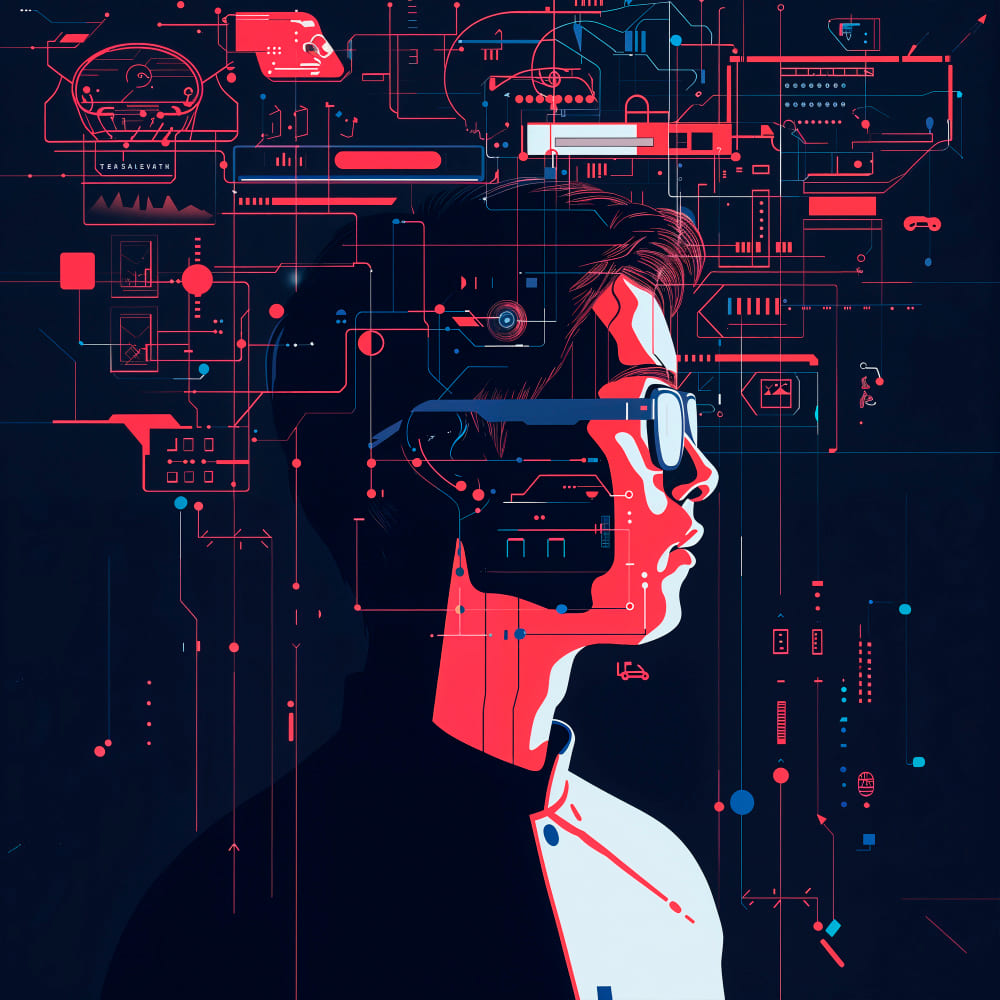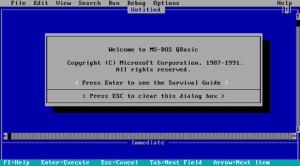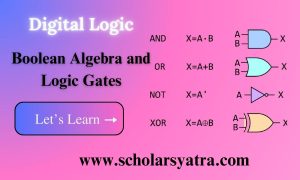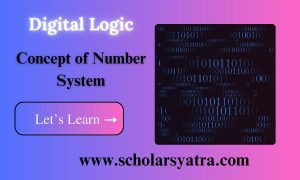“At the heart of every digital device lies logic that powers its brain.”
So, let’s know, what is digital logic in reality? Detailed information is given to students, tech learners, and IT lovers.
Table of Contents
ToggleIntroduction: Understanding the Digital World
We live in a world dominated by digital technology—smartphones, computers, AI systems, and even your smartwatch. But have you ever wondered what makes these devices “think”?
The answer lies in digital logic.
Digital logic is the foundation of all digital circuits and systems. Whether you’re an engineering student, a computer science enthusiast, or a curious learner, understanding digital logic is key to decoding modern technology.
What is Digital Logic?
Digital logic is a branch of electrical engineering and computer science that deals with systems that operate using binary values (0 and 1).
It uses logic gates, circuits, and mathematical operations to perform functions such as:
-
Data processing
-
Decision making
-
Arithmetic operations
-
Memory storage
At its core, digital logic mimics human logical reasoning, but in electronic form.
Why Binary? The Basis of Digital Logic
Digital logic operates on binary digits (bits)—either a 0 (LOW or OFF) or a 1 (HIGH or ON).
Why binary?
✅ Simple and noise-resistant
✅ Easy to implement using transistors
✅ Efficient for storing and processing data
Logic Gates: The Building Blocks
Logic gates are the most basic components of digital logic. They take input(s) and produce an output based on predefined logic.
Here are the most commonly used logic gates:
| Gate | Symbol | Function | Truth Table Example |
|---|---|---|---|
| AND | ∧ | Output is 1 if both inputs are 1 | A=1, B=1 → Output=1 |
| OR | ∨ | Output is 1 if at least one input is 1 | A=1, B=0 → Output=1 |
| NOT | ¬ | Inverts input | A=1 → Output=0 |
| NAND | NOT + AND | A=1, B=1 → Output=0 | |
| NOR | NOT + OR | A=0, B=0 → Output=1 | |
| XOR | ⊕ | Output is 1 if inputs are different | A=1, B=0 → Output=1 |
These gates are combined to form complex digital circuits.
Combinational vs. Sequential Logic
🔹 Combinational Logic:
-
Output depends only on the current inputs.
-
Examples: Adders, Encoders, Multiplexers.
🔹 Sequential Logic:
-
Output depends on current inputs + previous outputs (memory).
-
Examples: Flip-flops, Counters, Registers.
This distinction is vital in designing memory units and processors.
Applications of Digital Logic
Here’s where digital logic shows its real power:
🔸 Computer Architecture – CPU operations, registers, ALUs
🔸 Digital Electronics – Microcontrollers, FPGAs
🔸 Embedded Systems – Automotive ECUs, medical devices
🔸 Communication – Data transmission, modulation
🔸 Robotics & AI – Signal control, logic programming
“Digital logic is not just electronics; it’s the language your phone speaks to function.”
Real-World Example: Inside a Calculator
When you press 2 + 2 = on a calculator:
-
The input is converted to binary
-
Logic circuits (adders) process the binary numbers
-
The result (4) is converted back to human-readable format
All this happens in milliseconds, thanks to digital logic circuits!
Digital Logic in Modern Education
For students in Tier 1 countries, digital logic is often taught in:
-
Electrical Engineering
-
Computer Science
-
Mechatronics
-
Robotics
-
Information Technology
Common topics covered:
-
Boolean Algebra
-
Truth Tables
-
Logic Minimization (Karnaugh Maps)
-
Circuit Design and Simulation
Learning digital logic trains your brain for analytical thinking, problem-solving, and circuit design.
Benefits of Learning Digital Logic
✅ Strong foundation for hardware and software careers
✅ Enhances logical thinking and mathematical reasoning
✅ Crucial for coding, electronics, and AI development
✅ Applicable in real-world innovations from automation to smart cities
Common Digital Logic Tools and Simulators
Here are some tools students and educators use to design and simulate logic circuits:
🔧 Logisim – Beginner-friendly digital circuit design
🔧 Multisim – Industry-grade simulator for advanced circuits
🔧 LTSpice – Great for analog + digital hybrid systems
🔧 Verilog/VHDL – Hardware Description Languages (HDLs) for FPGA design
Using these tools bridges the gap between theory and practical application.
Challenges in Learning Digital Logic (and How to Overcome Them)
- Misunderstanding Boolean operations
👉 Practice using truth tables and Karnaugh maps
- Difficulty in circuit design
👉 Start with basic gates, use simulators to visualize flow
- Lack of real-world connection
👉 Explore simple projects (LED blinkers, logic locks, mini calculators)
Conclusion: The Logic That Runs the World
In a digital world, digital logic is the invisible engine behind the scenes. Whether you’re designing a smartphone app or building a robot, this concept lays the groundwork for success.
Understanding digital logic is more than just a curriculum topic—it’s the gateway to innovation and technology leadership.
“Learn logic, and you’ll never fear a circuit again.”







